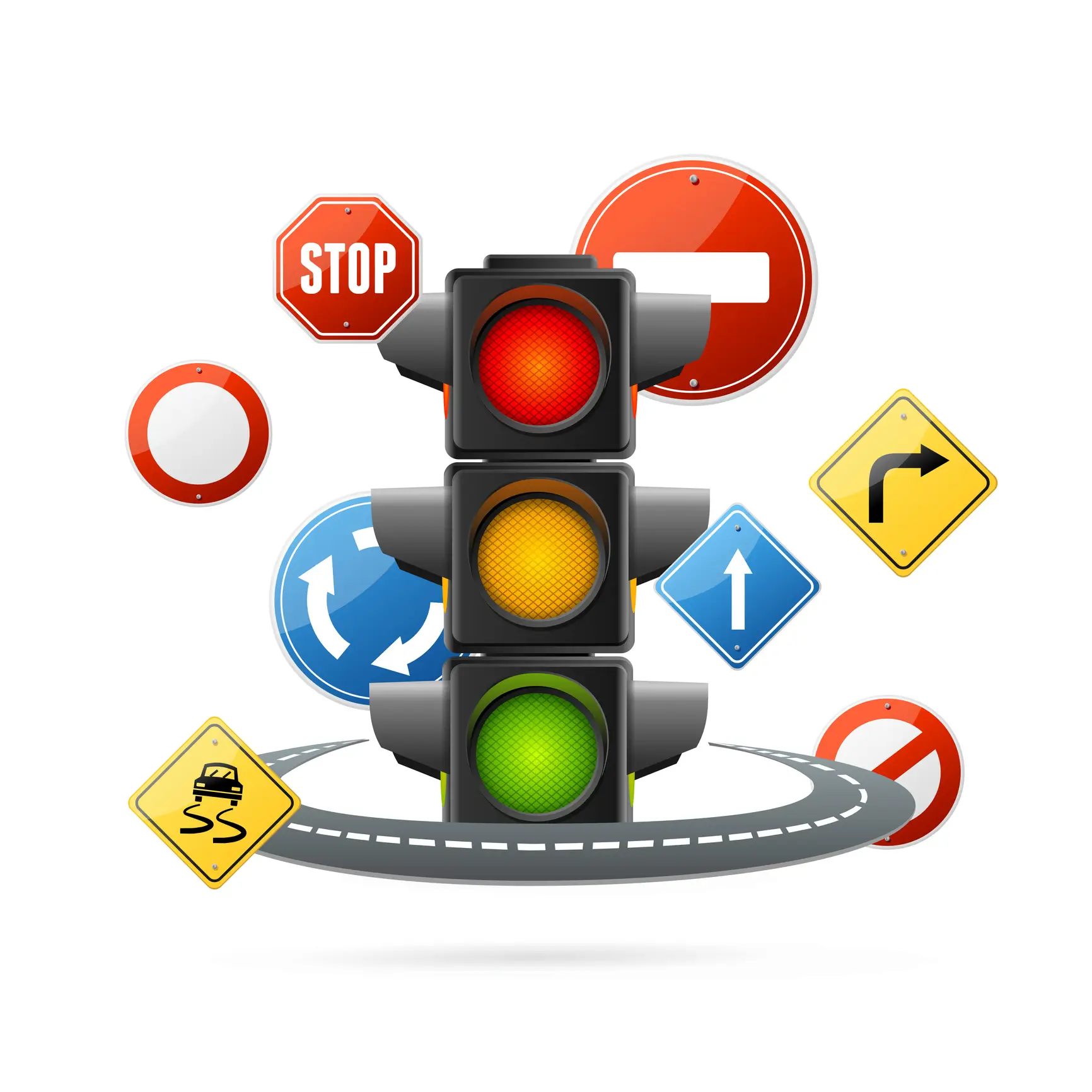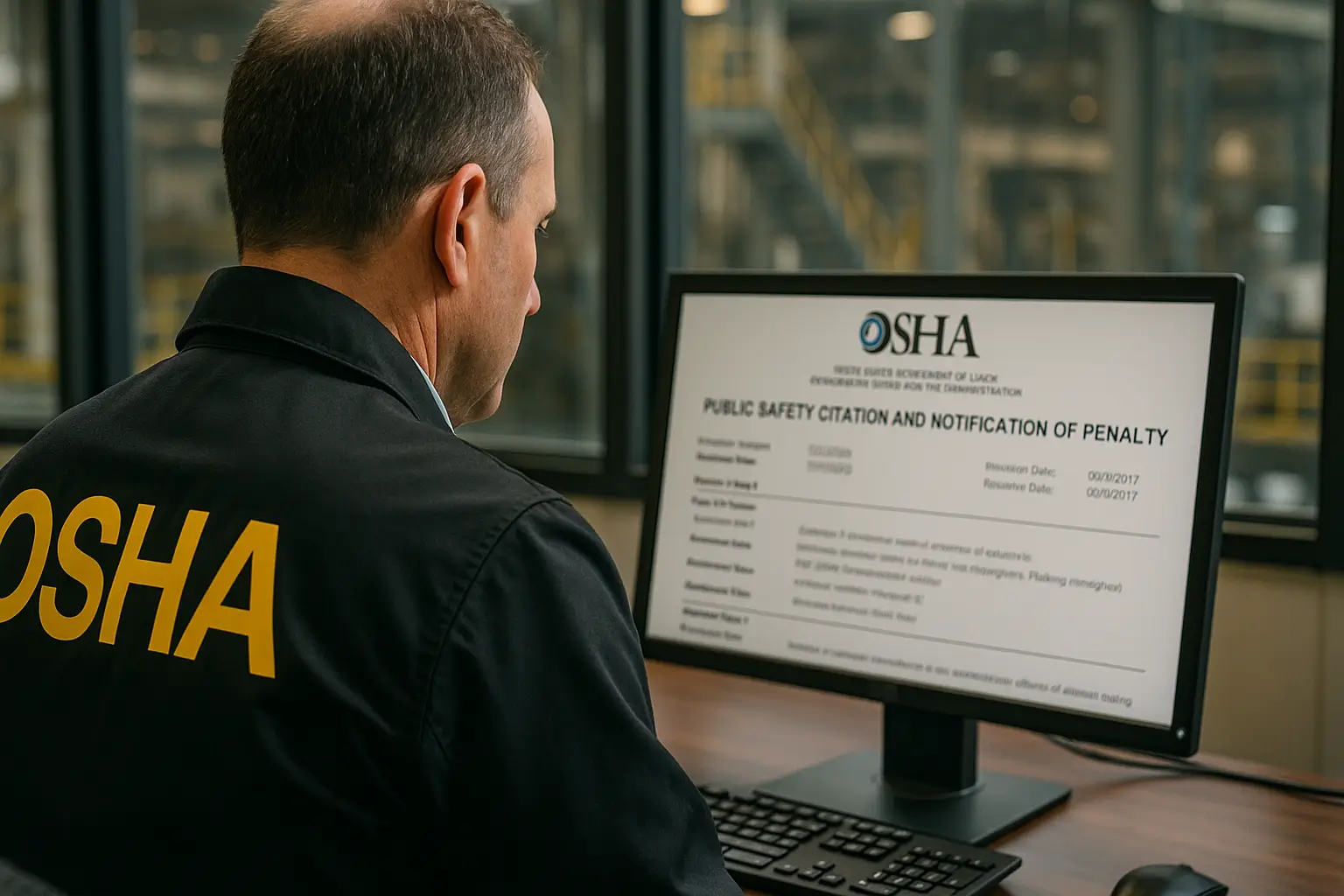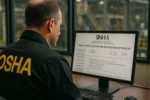Therefore, in this article, we have decided to delve into 25 essential traffic signs and signals for light commercial vehicles and large vehicles, also stating the meaning of traffic signs and their importance for your safety and a secure driving experience.
Stop Sign

Stop signs are red, octagonal road safety signs with white lettering that instruct drivers to come to a complete stop. They are placed at intersections to control traffic flow and prevent accidents.
Importance: Stop signs help prevent collisions by ensuring vehicles yield the right of way. They enhance road safety by regulating traffic and protecting pedestrians and other drivers.
Yield Sign
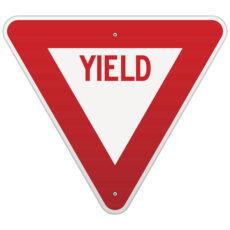
A downward-facing triangle with the word YIELD indicates you need to slow down and yield the right-of-way to other vehicles or pedestrians.
Importance: Yielding properly prevents any accident at crossings. Use of them is critical in high-organization areas and low-visibility locations.
Speed Limit Sign
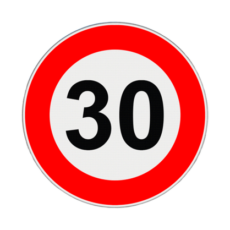
It is one of the driving signals that tells that this is the fastest legal speed to drive on this particular road. It can be fixed or variable.
Importance: Staying within the speed limit has both safety and traffic management benefits. Speed is responsible for 29% of all car accidents on the road.
No Entry Sign
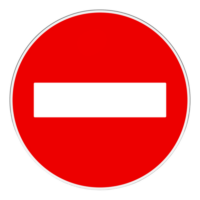
Red circle with a white horizontal bar: Entry is prohibited to all vehicles.
Importance: This sign manages the traffic and avoids accidents in the restricted zone.
One Way Sign

A directional arrow indicates that the traffic is supposed to continue in that direction.
Importance: Prevents head-on collisions and controls orderly traffic flow on one-way streets.
Roundabout Sign
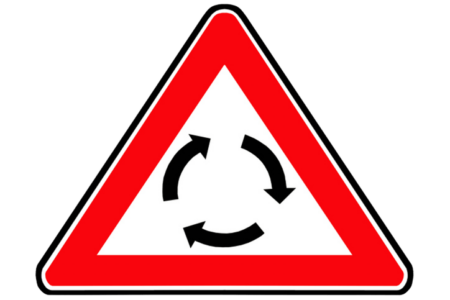
Circular arrows with circular arrow customer symbols – you must give way to other traffic at the roundabout and travel in a clockwise direction
Importance: Roundabouts reduce the risk of major crashes as compared to conventional intersections, due to a combination of lower speeds at those locations and reduced conflict points for merging vehicles.
Pedestrian Crossing Sign
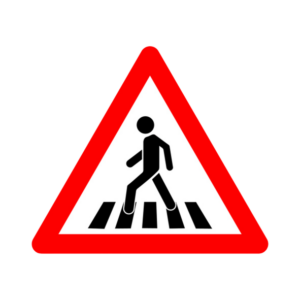
A figure walking on a striped line indicates a pedestrian crossing area. Drivers should be prepared to stop for pedestrians.
Importance: This sign is important for the security of pedestrians and is proven to reduce accidents by 30%.
Railroad Crossing Sign
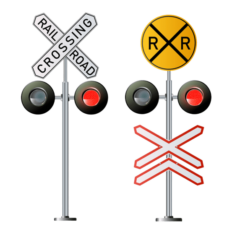
A white sign with a black “RAILROAD CROSSING” text warns of an approaching railroad crossing.
Importance: Over 1000 incidents in the US alone are reported to have been caused by trains. Therefore it is very important to use these warning traffic signs where there is a railroad crossing.
No U-Turn Sign
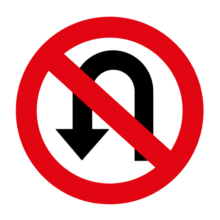
A red circle with a left-facing arrow inside indicates that U-turns are prohibited at that location.
Importance: can help limit accidents
Parking Sign

Parking signs are used where there is permission to park vehicles. However, there may be some time limitations and other special circumstances associated with the sign.
Importance: helps in managing the parking spaces outside busy areas and avoids any inconvenience for the car owners.
Intersection Ahead
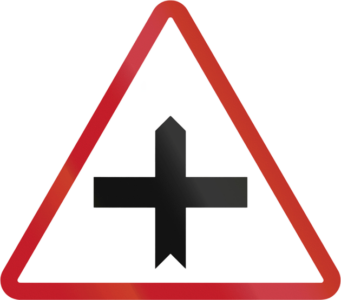
A diamond emblem warns motorists that a crossing of two streets is upcoming. Drivers must get ready to adjust their pace and position.
Importance: Staying informed about upcoming intersections can help you avoid accidents.
School Zone
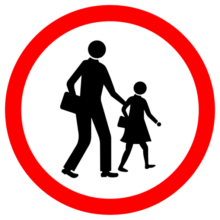
A yellow placard depicting a child implies entry into an area encompassing a school, where slower velocity constraints apply.
Importance: These road traffic safety signs are pertinent for the safety of kids during school hours and have proven to reduce the number of accidents involving school-going kids.
Roadwork Advisory
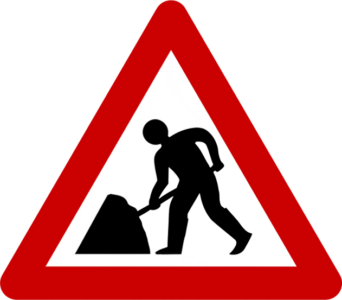
An orange signal cautions of construction or repairs presently taking place ahead on the route. It regularly includes directions for detours or reduced rates of travel.
Importance: these roadwork signs are very important for alerting the driver so that the driver can avoid any accidents.
Lane Consolidation Notice
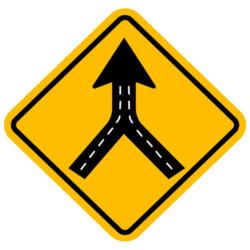
A sign indicates that two lanes will merge into one lane in advance. Operators must prepare to alter their lane location.
Importance: These designs help manage the flow of traffic and prevent collisions caused by sudden lane changes.
No Stopping Regulation
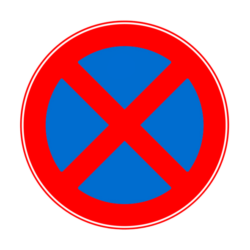
Indicates that bringing a vehicle to a stop is banned in the designated area. May include exact times or circumstances when stopping is prohibited.
Importance: Sudden stops at some specific areas can cause accidents, so it’s important to consider the no-stopping sign important and abide by it.
Highway Exit Designation
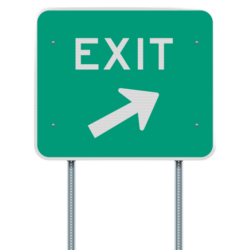
A green placard indicates the departure from a main road or freeway.
Importance: this exit sign is pertinent for the smooth navigation of the drivers in areas where there is a chance of getting lost for the new drivers.
Priority Vehicle Warning
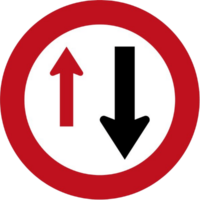
A signal implies that emergency vehicles have the right to proceed and that drivers must yield or pull over.
Importance: These designs are important for emergency service vehicles to reach their destination easily and without interruptions.
No Left Turn Sign
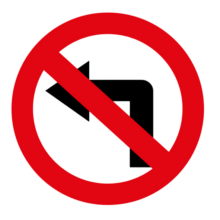
A red circle with a left-facing arrow crossed out indicates that left turns are prohibited at that intersection.
Importance: this sign is necessary for maintaining the traffic flow at the intersections and avoiding any hassle.
No Right Turn Sign
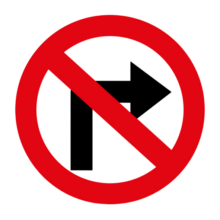
A red circle with a right-facing arrow crossed out, indicates that right turns are prohibited.
Importance: turn restrictions in some areas can help manage the smooth flow of traffic and can help avoid accidents
Pedestrian Signal
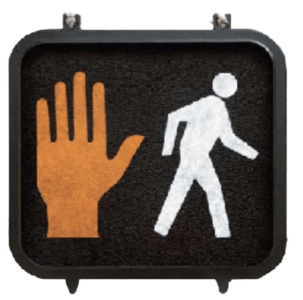
A traffic light or sign with a walking figure or “Don’t Walk” signal indicates when pedestrians can cross safely.
Importance: Reduces pedestrian accidents by clearly communicating when it is safe to cross streets.
Slippery When Wet Sign
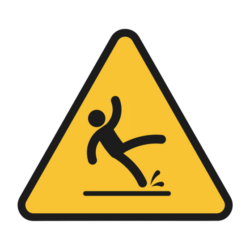
A yellow diamond-shaped sign indicates that the road may be slippery in wet conditions.
Importance: In the absence of this sign, drivers can face serious accidents due to the condition of the road. This sign is a must-have in bad weather.
Hill Sign
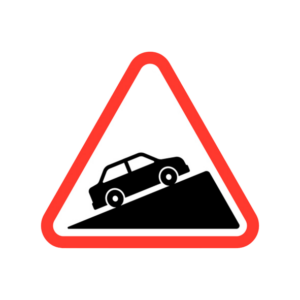
A sign indicating that a steep hill or incline is ahead. Drivers should be prepared for reduced traction and increased braking needs.
Importance: Without this sign, drivers will not be able to adjust their speed according to the requirements of the hilly terrain.
No Turn On Red Sign
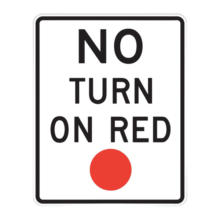
A sign indicating that turning right on a red light is prohibited.
Importance: the sign is used to prevent accidents that can happen when a driver turns right at the red light and can encounter any hazard.
Bike Lane Sign
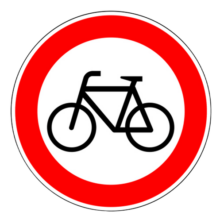
These are safety traffic signs indicating the presence of a bike lane and advising drivers to be aware of cyclists.
Importance: The sign is important for cyclists’ safety, as they can face accidents if other drivers are not aware of their presence ahead.
Reserved Parking Sign
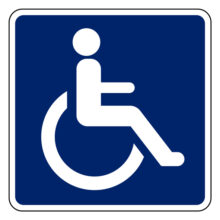
A sign indicating parking is reserved for specific vehicles, such as those with disabilities or for emergencies.
Importance: These signs are important for the rights of someone with a disability so that they can have their own designated space to park.
To sum up, all these signs are pertinent to the safety of drivers and others, so one needs to fully understand their meaning and importance before getting out on the road.

